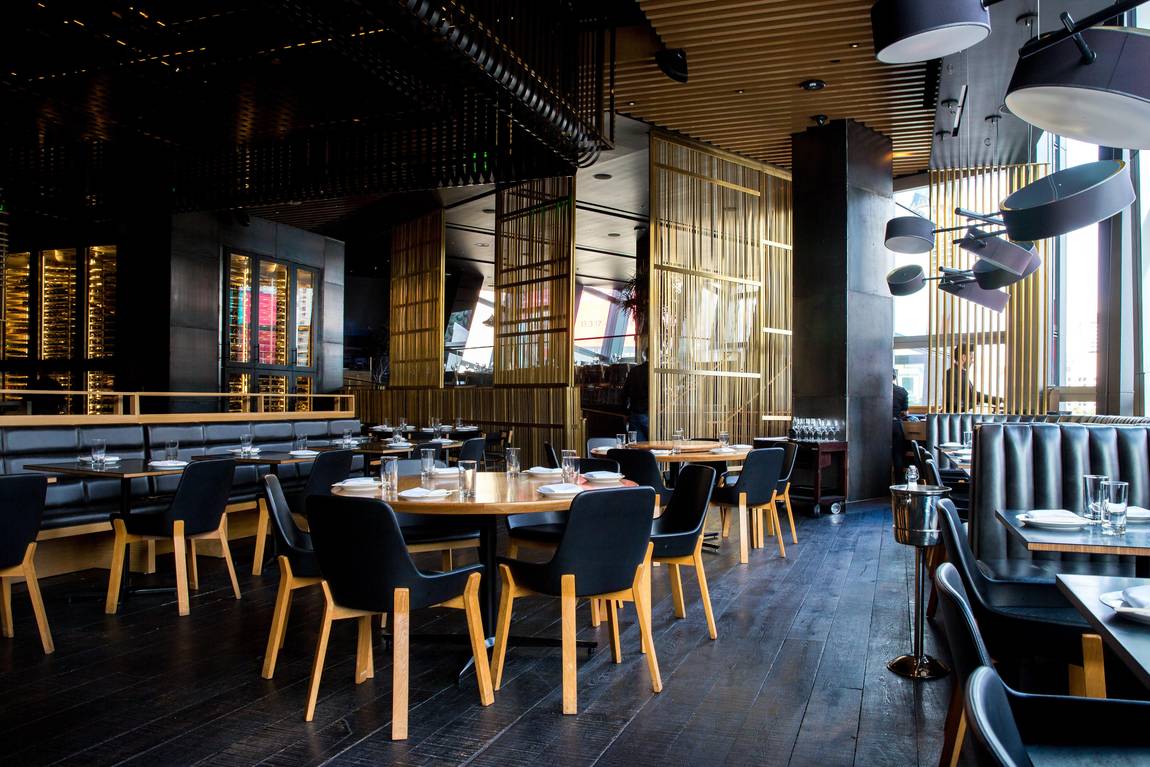The restaurant business is challenging to start, but the rewards are endless if you play your cards right. Here’s how you can take your restaurant to the moon.
There’s nothing quite like the smell of freshly cooked food. The sizzle of bacon and the steam from a hot soup fill your senses and tantalize your taste buds. If you’re anything like me, you dream of opening your own restaurant one day.
It’s a daunting task, but you can do it with careful planning and execution! This blog post will discuss the basics of starting a restaurant business. So if you’re ready to take the plunge into some action, read on!
Planning
The first step in starting a restaurant is, of course, planning. You need to have a business plan and know what you’re getting yourself into. There are many things to consider when starting a restaurant, such as:
- What type of food will you serve?
- Who is your target audience?
- How much money do you have to start the restaurant?
- What is your budget for marketing and advertising?
- Where will your restaurant be located?
These are just a few of your business plan questions you need to answer. You also need to develop a financial forecast and track your expenses and profits. That is not an easy task, so be prepared to put in a lot of hard work!
Find A Great Location
The next step is finding a location for your restaurant, which can be tricky as you need to find an affordable and desirable location for your target audience. You also need to make sure the location is zoned for a restaurant. Don’t forget to factor in competition – how close are your competitors, and what type of food do they serve?
You'll need to research and talk to several other restaurant owners to determine the viability of opening your restaurant in a specific locality. Take your sweet time deciding this because there's no turning back once you set up. Focus on whether this locality is where your marketing efforts can bear fruit.
Create A Compelling Website
Your website is the first impression potential customers will have of your restaurant. It needs to be attractive and well-designed, and it should showcase your menu prominently. Make sure you include a contact form or email address so customers can quickly get in touch with you.
You can also use your website to run contests and giveaways, which will help drum up interest in your restaurant. Be sure to update your website regularly with new menu items, photos of your restaurant, and news about what's going on at your establishment.
Boost Your Online Visibility
Having a great website isn’t enough, and you want it to pop out on the internet, which is tricky. The first step is to invest in SEO (search engine optimization) to ensure your website appears higher in Google’s search results.
What is SEO? It’s the process of optimizing your website to make it visible to search engines. You can add relevant keywords to your website, publish high-quality content, and build backlinks from other websites. If you don’t understand it, consider getting help from an SEO specialist. That’s because SEO isn’t a one-time thing; you need to update it to keep up with Google’s algorithms continuously.
You can also use online advertising to increase traffic to your website. There are many different types of online advertising, such as AdWords, Facebook Ads, and Instagram Ads, to drive traffic to your website. These platforms allow you to target specific demographics to ensure that your ads are shown only to people who are likely to be interested in your restaurant.
Social media is your best friend
Social media is a great way to connect with potential customers and keep them updated on what's going on at your restaurant. You can create profiles for your restaurant on Facebook, Twitter, Instagram, and Pinterest and post photos and updates of new menu items, upcoming events, and special promotions.
Many restaurant owners think that just having different social media accounts is enough, and that's where they run into trouble. You need to engage with potential customers to establish a solid brand identity and cut through the noise.
Make sure you respond to comments and questions from customers and be sure to thank them for their support. Social media is a great way to build relationships with your customers and create loyalty among them.
Content is the name of the game
As a restaurant owner, you need to produce high-quality content regularly. To get a good idea of what type of content you need, check out your competitors. Are their photographs tantalizing? Do they post articles on their blogs? You need these data points to attract customers and stand out from the competition.
A good way is to have a website blog and post new content such as exciting new food recipes. Make sure you post at least once a week. Otherwise, you’ll start losing traction. This will keep your website fresh and help you attract new customers. You can also use social media to share your blog posts, which will help increase traffic to your website.
But the trick is to save the prose for your blog and link it to your social media posts. Always remember that your social media posts should be short and snackable. Use these creative restaurant posters as thumbnails to make your posts stand out!
Some parting thoughts
There's no one-size-fits-all answer when it comes to marketing your restaurant. It takes a lot of hard work and dedication, but if you're willing to put in the effort, you can see great results. It'll take a bit of trial and error before you can understand which marketing mix works best for you. Remember to keep your branding consistent, engage with potential customers on social media, and produce high-quality content.
